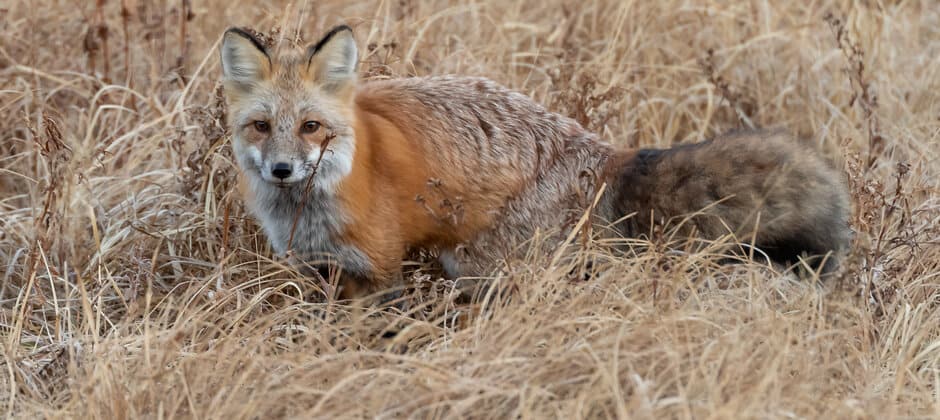Share this article
House committee discusses wildlife disease
At a U.S. House Committee on Natural Resources hearing on April 29, legislators discussed the importance of monitoring wildlife disease and recognized its role in preventing public health crises.
As the COVID-19 pandemic continues across the globe, public health remains a top priority for the administration. Legislators are now beginning to examine tools to prevent future public health crises and are turning to wildlife disease monitoring as a method of proactively safeguarding human health.
This concept stems from the One Health framework that posits that in order to achieve optimal health for all life, including humans, people must recognize and act upon the connection between human and wildlife health in their shared environment. One Health has gained more traction, since researchers found that COVID-19, amongst many other known illnesses, can be transmitted between humans and animals. The Center for Disease Control’s One Health Office researches wildlife-borne diseases and is working to increase public awareness and support of the One Health method.
The April 29 hearing allowed legislators to learn more about the interface between human and wildlife disease from experts, and ask them questions about improving monitoring to strengthen human health and prevent pandemics. The committee showed strong support for robust wildlife disease monitoring protocols and called upon the administration to establish more cohesive, intentional wildlife surveillance programs for the refinement of pandemic prevention, especially with climate change accelerating the spread of wildlife disease.
“We need to be more intentional about monitoring the health threats in our own backyards,” said Representative Katie Porter (D-Calif.). “Experts are now telling us that the biggest drivers of risk from wildlife-borne diseases are climate change, and the frequency of interactions between wildlife and people. Both of those drivers are accelerating, which means we should expect more risk in the future, not less.”
Among the experts who testified included Anne Kinsinger, associate director for the U.S. Geological Survey’s Ecosystems Mission Area; David Stallknecht, director of the Southeastern Cooperative Wildlife Disease Study; Colin Carlson, assistant research professor at Georgetown University Medical Center; Julie Thorstenson, executive director of the Native American Fish and Wildlife Society; and Catherine Semcer, a research fellow at Property and Environmental Research Center.
In their testimonials, experts emphasized the need for increased wildlife disease surveillance, an interagency wildlife disease database, better implementation of the One Health approach, increased studies on the impact of climate change on wildlife disease, increased funding for tribal nations to research and manage wildlife disease, and coordination between federal departments to protect the public from known and emergent diseases. Many of the witnesses stressed the connection between climate change and exacerbated disease spread for both wildlife and humans. In his testimony, Carlson said that building capacity for tracking wildlife disease now could help build resilience against climate change impacts in the future.
“The evidence now suggests that climate change could become the single biggest issue for pandemic prevention,” Carlson said in his testimony. “Building a more centralized and cooperative infrastructure for zoonotic disease surveillance could easily be the lowest cost, highest return way to make our country more prepared not just for pandemics, but for climate change as well.”
Wildlife disease research can help managers and conservationists understand where mitigation measures for disease should take place— information that can effectively stop, or mitigate the severity of, pandemics like COVID-19, the experts said. At the conclusion of the meeting, legislators recognized that in order to accomplish this, funding for wildlife disease programs need to increase.
“At this hearing, experts have warned us that surveillance of wildlife-borne diseases is currently inadequate in the United States, meaning that we may miss signs of outbreak that could cause significant harm to human health, wildlife health and the economy,” Representative Porter said. “If we want better tracking of disease, we need to provide consistent funding and invest in the infrastructure, and the people, who are already doing this important work.”
Read TWS’ position statement on wildlife disease.
Header Image: Red foxes (Vulpes vulpes) that have rabies can transmit the disease to humans by biting them. In early April, a rabid fox bit Representative Ami Bera on Capitol Hill, sparking congressional discussions on human-wildlife conflict and disease. Credit: Eric Kilby








